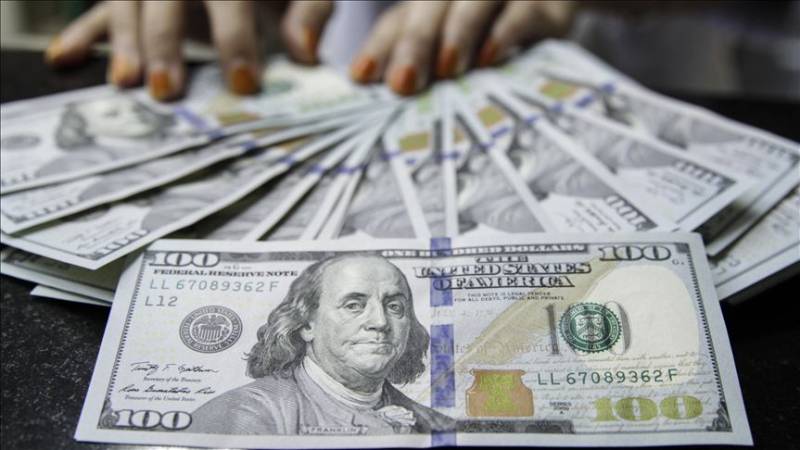Pakistan economy's hidden potential worth $30 billion revealed
Shares

KARACHI: Pakistan economy's hidden potential worth $30 billion revealed.
Pakistan can add more than $30 billion to its GDP if it can improve parity between men and women, says reports on gender equality.
According to a 2018 report titled ‘The Power of Parity: Advancing Women’s Equality in the Asia Pacific’, released by McKinsey Global Institute (MGI), Pakistan will be able to add more than $30bn based on trends established through data from 2014 — equivalent to 7.1 per cent of Pakistan’s GDP.
The report noted that advancing women’s equality in those countries could add $4.5 trillion to their collective GDP annually by 2025, or a 12 per cent increase over a business-as-usual GDP trajectory. This additional GDP would be equivalent to adding an economy to the combined size of Germany and Austria each year.
According to the survey, this significant boost in growth can be achieved if policymakers set out to increase the female labour force participation, the number of paid hours women work and raise women’s productivity in relative terms to men by introducing more women to higher-productivity sectors.
Increasing the number of women working would account for 58 per cent of this opportunity to add $4.5tr to the global GDP, whereas 17 per cent and 25 per cent would be added by the other two targets economies need to focus on.
Pakistan has a long way to go in improving parity. In comparison to its counterparts in the region, the opportunities for Pakistan remain low. In 2015 MGI said Pakistan is the worst in the region with regards to gender equality.
Pakistan ranks second highest with regard to gender inequality to physical security.
According to the most recent Labor Force Survey 2017-2018, released by the Pakistan Bureau of Statistics in 2019, the labor force participation rate is mere 20 per cent for women. Only 25.6 per cent of rural women participate in the labour force, while only 11 per cent of urban women participate in the labor force.
If we compare provinces, Punjab has the highest female participation rate at 26.5 per cent, while Balochistan has the lowest at 7.9 per cent.
Compared to the previous survey conducted for 2014-15, the proportion of women working in manufacturing, construction, wholesale and retail trade, transport/ storage and personal services, and community social and personal services, registered an increase; while the proportion of women in agriculture declined.
According to the 2019 Gallup Pakistan report titled ‘Wage Differentials in Pakistan’, on an aggregate average, women earn roughly 40 per cent less than men; or to put it in another way, the average Pakistani woman is paid only Rs600 for every Rs1000 paid to an average Pakistani man.
Out of the already weak number of women that are in the labour force, approximately only 0.1 per cent are employers in comparison with 1.7 per cent of men who are employers.
